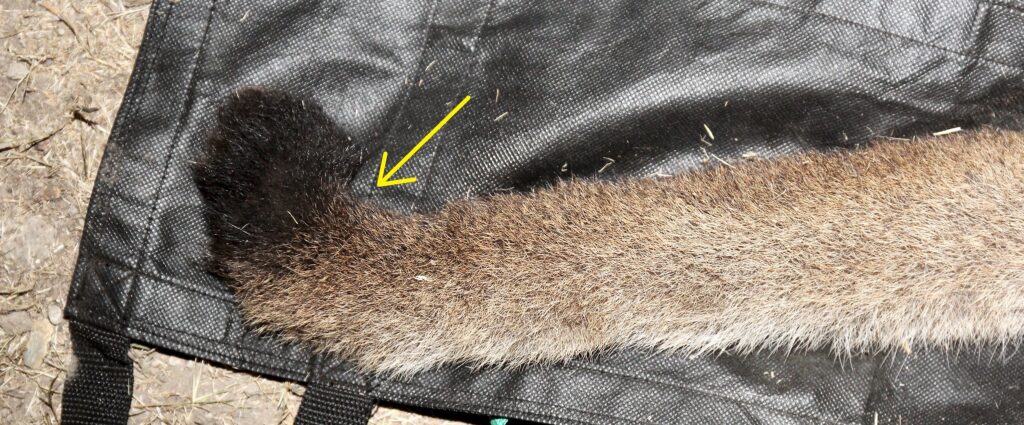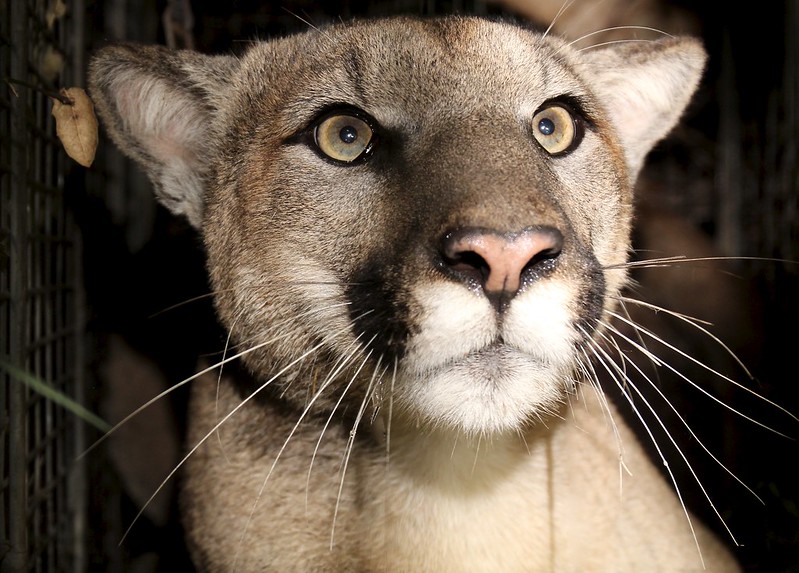SANTA MONICA—National Park Services (NPS) officials announced on Wednesday, September 9, a mountain lion was found to have physical abnormalities in the Santa Monica Mountains.
The new discovery raises concerns that it may indicate “the first potential physical manifestations of low genetic diversity within this small mountain lion population in and just north of the City of Los Angeles,” the National Park Services said.
The animal was observed to have a “kinked tail” where the end is shaped like the letter “L.” NPS Wildlife Biologist Jeff Sikich said the discovery is “something we hoped to never see.”

Sikich, a number of students, and researches from UCLA made the discovery when they captured and collared P-81, a subadult male estimated to be about one and a half years old in the western Santa Monica Mountains on March 4, 2020.
“We knew that genetic diversity was low here, but this is the first time we have actually seen physical evidence of it,” said Sikich. “This grave discovery underscores the need for measures to better support this population.”
National Park Services said the indication of low genetic diversity within the mountain lion population in the Santa Monica Mountains may be linked both to inbreeding and “genetic drift.” Inbreeding occurs when animals mate with close relatives, and a “genetic drift” is the loss of genetic diversity over time when there is a small population of animals.
Inbreeding depression, a phenomenon that occurs when a lack of genetic diversity begins to negatively affect survival or reproduction, threatened a mountain lion population in Florida decades ago.
“Along with a similarly isolated population in the Santa Ana Mountains south of LA, we have seen the lowest levels of genetic diversity ever documented in the West,” said Wildlife Branch Chief for the Santa Monica Mountains National Recreation Area Seth Riley in a statement.
“The only population with lower levels was in south Florida a couple of decades ago, when Florida panthers were on their way to extinction,” Riley said. “The really interesting, and worrying, thing is that they saw the same type of kinked tails and cryptorchidism there.”
In Florida, officials imported eight female mountain lions from Texas into Florida to breed with the remaining males and bring new genetic material to the imperiled population. Riley argued that the solution in California’s case should be different, as there are large populations of mountain lions in the West, compared to the only one that exists on the East Coast.
“It makes more sense to increase connectivity here, rather than to import mountain lions from other areas, especially since there is a large population of mountain lions in Los Padres National Forest to the north,” said Riley.
A wildlife overpass project has been proposed to connect populations of wildlife south of the 101 Freeway to those in other natural areas to the north in the Simi Hills, the Santa Susana Mountains, and ultimately in Los Padres National Forest.
The project is currently in the final design phase and slated to begin construction in the Liberty Canyon area of Agoura Hills late 2021, if the necessary funding is obtained.






